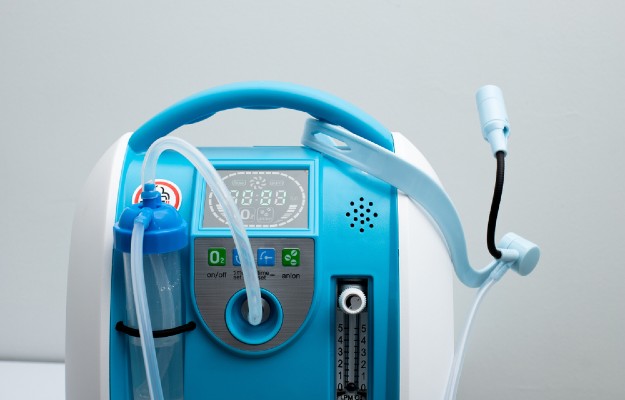The rising number of cases of COVID-19 caused by a novel strain of coronavirus has forced lockdowns in countries all over the world. Global leaders have called for extreme measures following the guidelines issued by their countries’ governments - put in place by the World Health Organisation (WHO) - to prevent the outbreak from spreading further.
COVID-19 has already claimed over 22,000 lives around the world, with Italy, Spain and China (where the disease is believed to have originated from) reporting the largest number of fatalities. Over 400,000 have been infected globally through the new strain of Coronavirus called SARS-CoV-2.
In order to prevent the pandemic from overwhelming public healthcare systems of countries all over the world, governments have taken unprecedented measures of forced lockdowns by suspending air, rail and other forms of travel besides closing off international as well as state borders within the countries.
The buzzwords on everybody’s minds and social media have been social distancing, self-isolation and self-quarantine, three vital practices recommended by the WHO to flatten the curve and prevent the pandemic from spreading further. China, which experienced the outbreak at first, has somewhat succeeded in doing so, as has South Korea.































